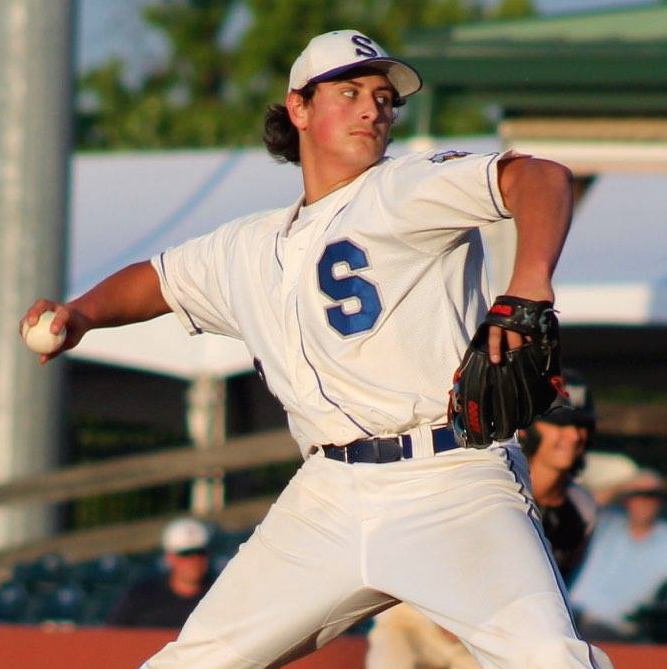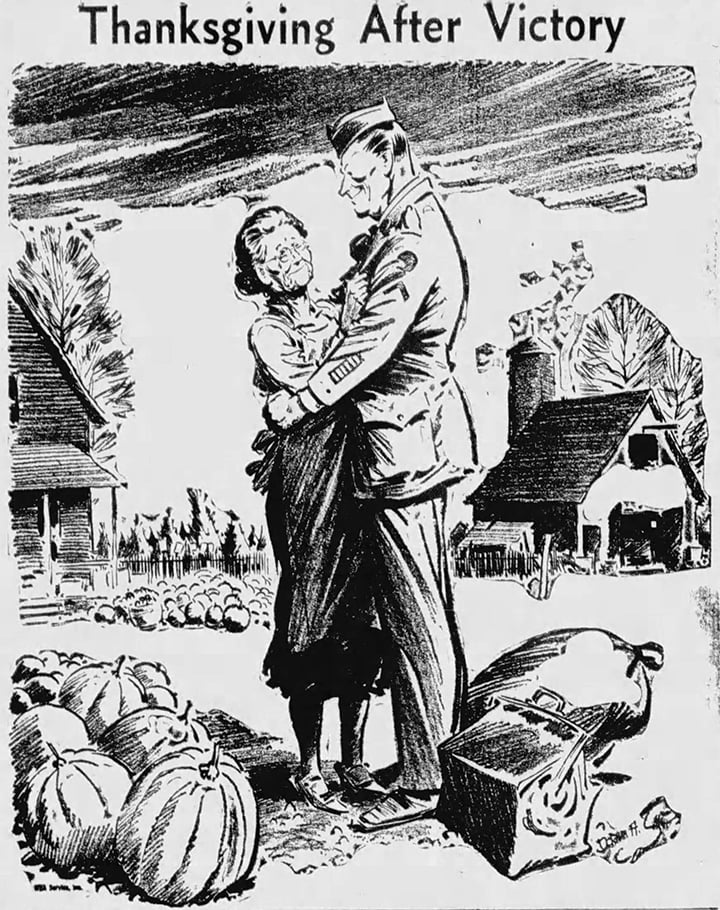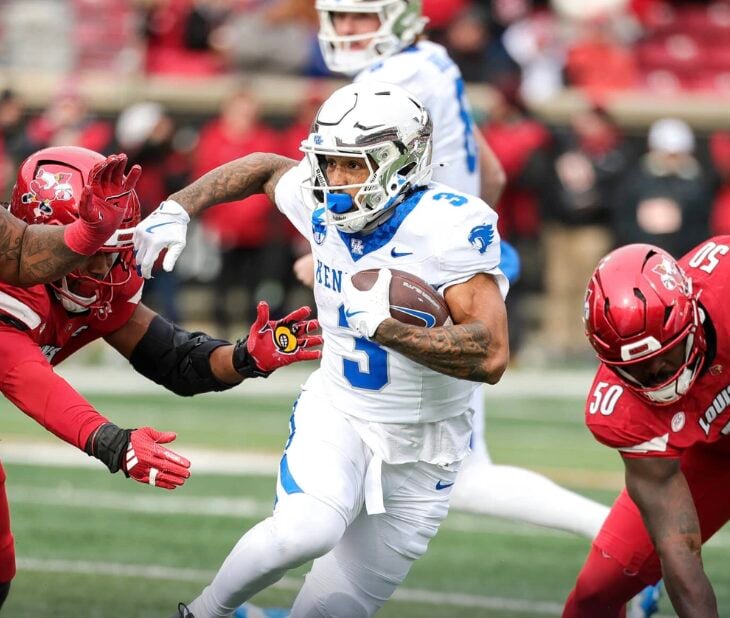By Terry Boehmker
NKy Tribune sports reporter
Kentucky high school baseball coaches have a new pre-game ritual this season. In addition to conducting infield practice and meeting with the umpires at home plate to turn in lineup cards, they must also exchange pitch count charts.
A new rule adopted by the Kentucky High School Athletic Association (KHSAA) dictates the number of days a pitcher must rest his arm between games based on the number of pitches he throws in his previous appearance on the mound. So each coach must now keep pitch count charts on its players and exchange them with their opponent before the umpire yells, “Play ball.”

“The new rule creates more paperwork for the coaches in order to make sure the pitch count rules are being followed,” said Walton-Verona coach Kevin McIntyre. “But we are here to help the players and to keep them healthy so a little extra paperwork is not going to hurt anyone. In my opinion, the new pitching rule is a positive step forward for high school baseball in Kentucky.”
In previous years, the number of innings a player pitched dictated how many days he had to wait before taking the mound again. The new rule is much more exacting to help protect young pitchers from overuse injuries.
If a pitcher in a varsity game throws 76 or more pitches in one day, he must get three calendar days of rest before pitching again. If the pitch count is between 51-75, he gets two days of rest. If the pitch count is between 26-50, he gets one day of rest.
Before each game, the home team must designate a pitch count recorder to keep track of the numbers, including balls, strikes, foul balls and balls in play. After the game, coaches for both teams sign official KHSAA pitch count forms and add them to their records.
Each team must keep all of its forms until the season is completed. If a violation of the pitch count rule is reported to the KHSAA, a team must provide copies of the forms. The use of an ineligible pitcher due to the restrictions will result in forfeiting the game and additional penalties.
Protecting the health of baseball pitchers is the latest trend in the sport, according to an article published on the National Federation of State High School Associations website. In the association’s handbook, Rule 6-1-6 states: “Each state association shall have a pitching restriction policy to afford pitchers a reasonable rest period between pitching appearances.”
To adhere to that rule, Kentucky and several other states have switched from innings pitched to actual pitch counts for high school baseball.
“Personally, I have always said that a pitch count is a more accurate measuring stick for pitchers than innings pitched,” McIntyre said. “To be totally honest, here at Walton-Verona, even though we always followed the innings pitched rules in the past, we have been using pitch counts to monitor our pitchers for years. I have always felt like that is a more accurate barometer for pitchers.”
Scott baseball coach Jeff Trame is a strong advocate of pitch counts, partly because his son, Andrew, is a senior on the Eagles’ pitching staff.
“I think it’s really good for the kids and for all the coaches to make sure they stay within those limits,” coach Trame said.
“I coached Andrew’s (youth baseball) teams all the way up through the Southwest Ohio League and we had very similar pitch count situations all those years. So we’re pretty used to it. Other than having to do it officially (for high school games), we’ve always looked out for our kids anyway. You don’t want to get anybody hurt so we always kept track of our pitchers and their pitches.”
Bill Krumpelbeck said he has monitored pitch counts every season since he became head coach of the Covington Catholic baseball program in 1976. He applauds the KHSAA for making it a rule that every high school team must follow.
“Since I was a pitcher (myself), pitching has always been the most important aspect of my coaching,” Krumpelbeck said. “Innings pitched has never been an accurate measurement on arm wear and tear.”
The veteran coach said the pitch count rule isn’t the only step that needs to be taken to protect young arms from overuse injuries. He wants umpires to give relief pitchers more time to warm up if they take the mound after playing a different position, especially in cold weather. He also cringes at the idea of putting a player in a position that requires a lot of throwing, like catcher or shortstop, the day after he pitches.
“Baseball requires coaches that care about players’ arms and welfare,” Krumpelbeck said. “The season is such a long grind and most of us have many other duties to perform, such as field maintenance and game day administrative duties in addition to teaching, that we can neglect our players.”





















